Africa Trip Recap
This spring I had the great opportunity to visit South Africa, as well as Lesotho and Swaziland. The genesis of the trip was an invite from a friend who was going to visit another friend in Kruger National Park, who is a researcher there. This afforded some behind-the-scenes experiences, including going along for buffalo captures (brief captures to collect data and then release them). In addition to our time with the researchers, we had several days on our own in Kruger, as well as time in Johannesburg, Swaziland, and Lesotho.
Since I typically shoot landscapes, it was a fun change of pace to have such a strong focus on wildlife (later in the trip, in Lesotho, I did predominantly shoot landscapes). As with any trip, no matter how new or familiar, I always take away a few lessons learned, or at least confirmations of past lessons. In no particular order…
Get local help
I’ve said it before, but having a local guide can make a big difference both in making the most of your time and in better understanding what it is you’re seeing.
In Johannesburg, we arranged for a guide for our first day there, in part to keep us moving to fight through the jet lag and in part to see as much as we could in our one day there. There is no way we could have seen as much a we did – nor have stayed awake – without local help.
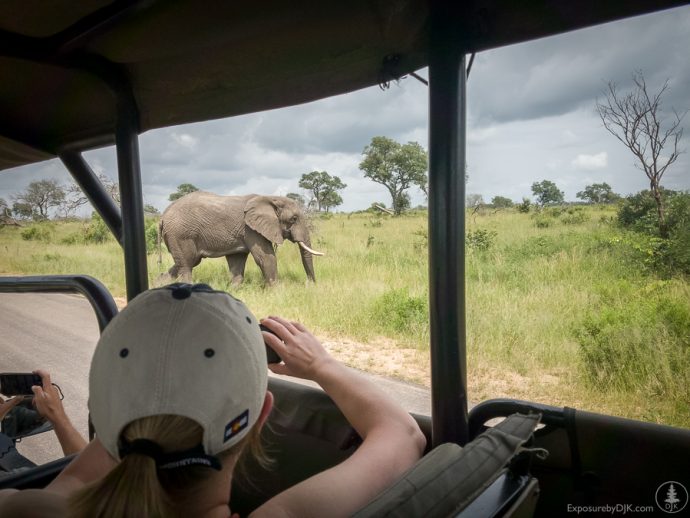
You don’t always need the long lens to get the shot.
In Kruger, we booked a private safari for one day. While you can join a group, if you want to photograph or just have a greater say in where you go, book a private one. It was the best money we spent on the trip. We had our own guide who helped us find animals that had eluded us to that point, while having someone to answer all of our questions we had been accumulating over the past several days of our self-drive safari. It is also the best way to understand the behavior of the animals you’re seeing.
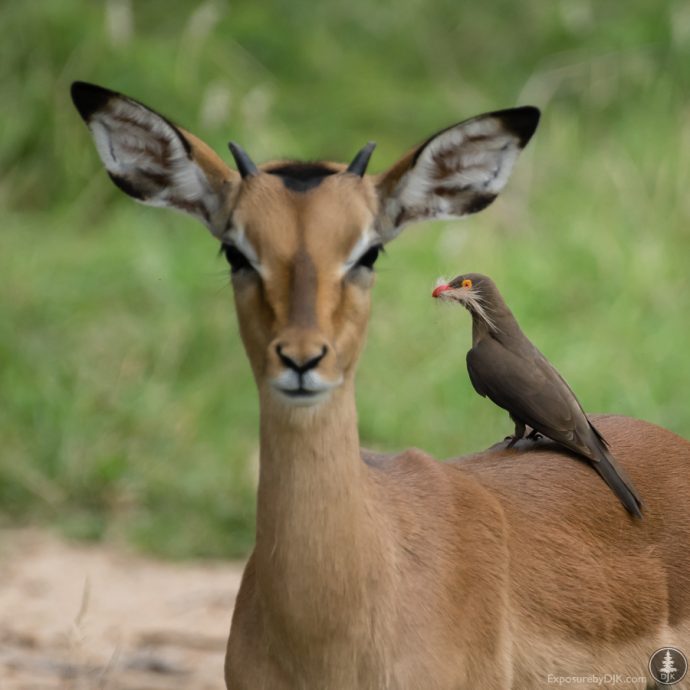
We never would have seen this unique behavior if it wasn’t for the guide pointing it out.
As a side note, there are a lot of safari vehicles and guides criss crossing Kruger. Most are nice if you ask for help, but be sure to start with, “Hello, how are you?” before just launching into your question. They’ll be much happier to help with a few pleasantries.
In Lesotho, an employee at the lodge took us around the local community. This was a regularly offered tour, but it was the least touristy tour I have ever been on. We watched the local beer be made, visited a witchdoctor, and visited a local school. We otherwise simply couldn’t have had access, at least politely, to the homes and schools we visited.
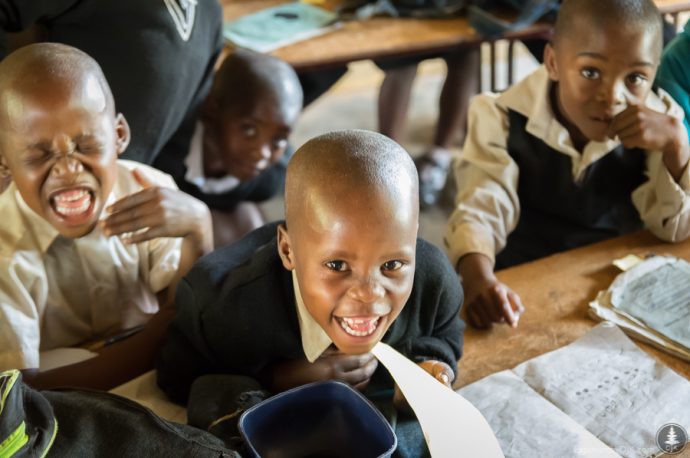
Oddly, in Swaziland, we tried to arrange a tour, but either through miscommunication or something else, were never able to meet up.
Prepare to be in a car – a lot
Before the trip, I didn’t really grasp how much time we’d spend driving, and not just getting to where we were going, but as part of our actual sightseeing. When you enter the park, you get two instructions – obey the speed limit and don’t get out of your car. Apparently it’s unsafe to roam around in the African bush. While there are a few areas you’re allowed to go outside of the rest camps, which are surrounded by electric fencing, they’re apparently not any safer than the rest of the bush, really.
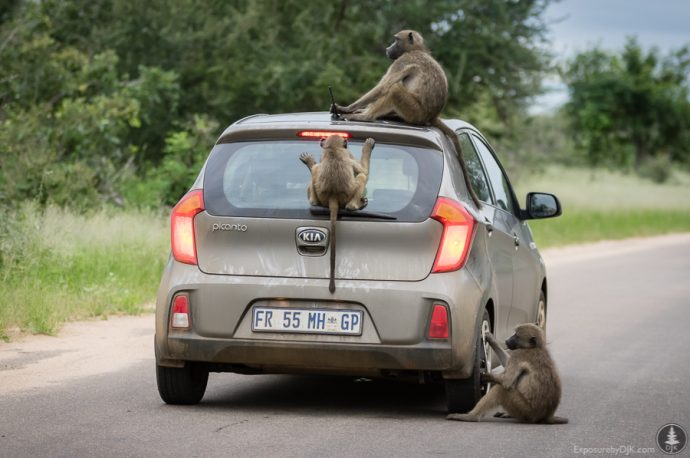
Not sure if rental car agreements exclude monkey business or not.
I would associate a national park vacation anywhere with some type of physical activity, but this was a very mellow trip in Kruger with the amount of time spent sitting in a vehicle.
I’ll also note that you can’t be on the roads from sunset to sunrise, so opportunity for sunrise/set photos, from the car or not, are more limited. (We were staying in research housing so were able to get out before the gates opened in the rest camps, but that still only bought us a little more time.)
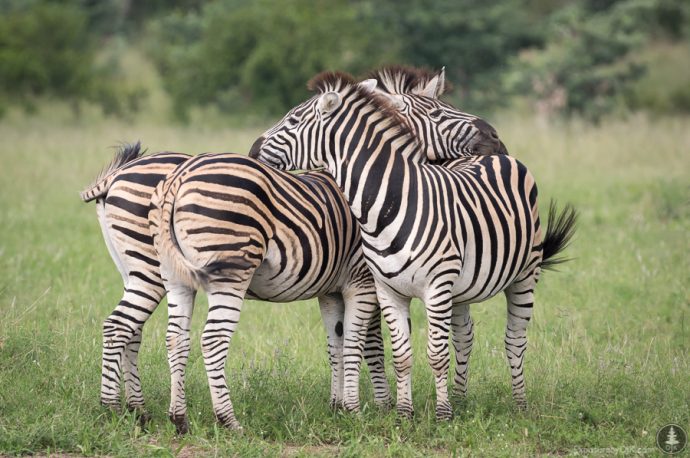
Seeing animals is cool. Seeing them interact is even cooler.
Sit and wait
If you’re driving yourself, or have a private guide, sometimes the best thing you can do is sit and wait for the wildlife. Safari tours will have to come and go quickly because they’re on more of a set schedule, but if you’re on your own, why not just sit and relax with the windows open and see what transpires?
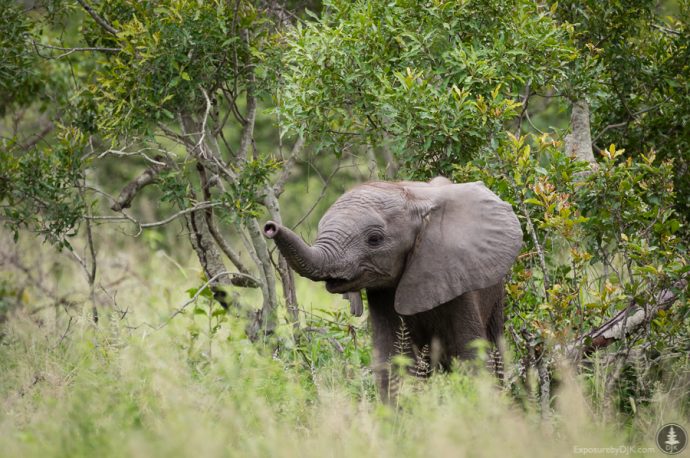
Gear
On the plus side, since you’re largely photographing from your car, you can bring the entire kit. No need to leave gear behind.
If you have multiple camera bodies, bring them. Not having to change lenses in the dust, not to mention the time to do so, is certainly an advantage.
For lenses, yes, you’ll want the longest lens you can bring, but don’t only bring the big guns. You’ll encounter wildlife near the car and will want to be able to capture that, too.
My kit included 2 Pentax K-3s, a 150-450mm lens that I rented, a 70-200mm, 17-50mm, and 10-20mm.
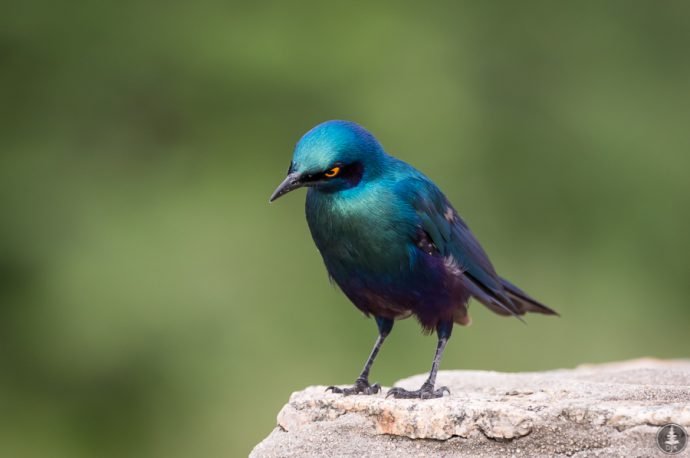
Beyond bodies and lenses, I also brought a tripod, plus remote triggers. Lots of memory and a backup drive was also included, of course. And don’t forget cleaning supplies – brush, blower, and maybe even a sensor cleaner (this was the first time I travelled with one, given the dusty environment I knew I’d encounter).
Wildlife specific tips
There is no shortage of tips out there for photographing wildlife, whether it be in Africa or anywhere else…focus on the eyes, practice with your gear – especially long lenses – before you go, and watch your shutter speed, among others.
For this trip, we were there at the end of the wet season so the brush was very green and thick, making spotting some wildlife, even if just off the road, hard. It took us days to spot lions, but with the help of the guide, we did learn a couple tricks. First, for leopards, look for them in trees and look for vertical “branches” – since branches don’t grow straight down, it’s likely a tail of a leopard. Second, for lions, nearby vultures will give you clues of a recent kill that a lion may still be guarding.
~
All in all, it was a great trip and I look forward to exploring more of Africa in the future.


One Comment